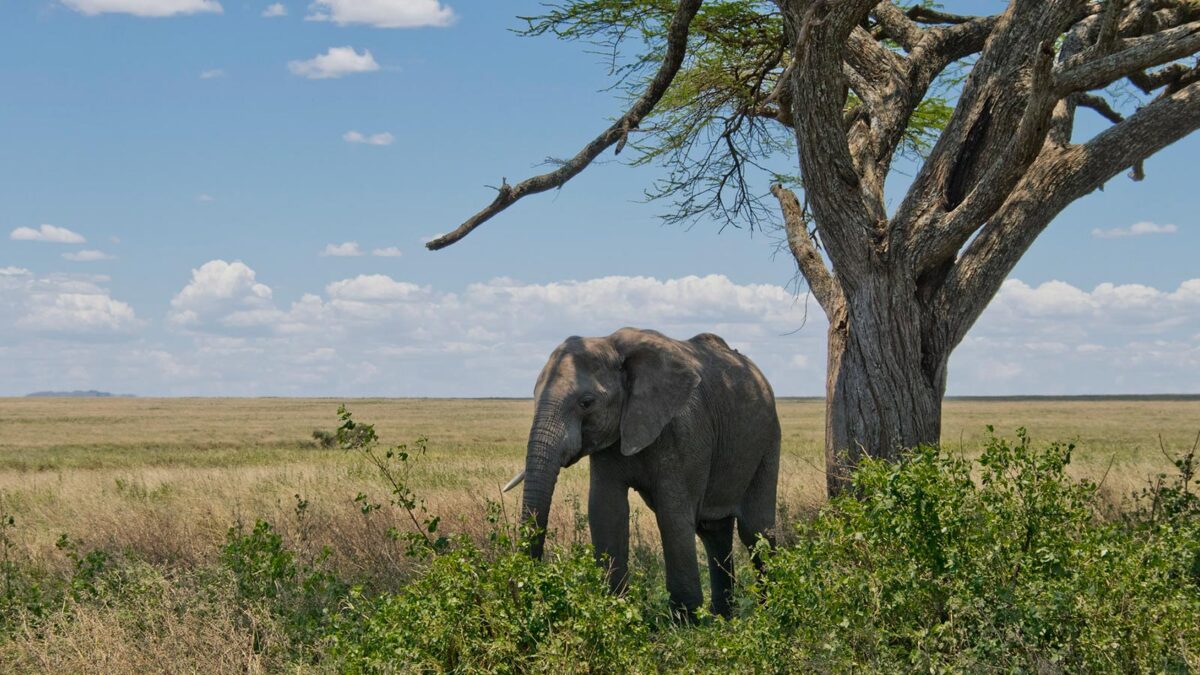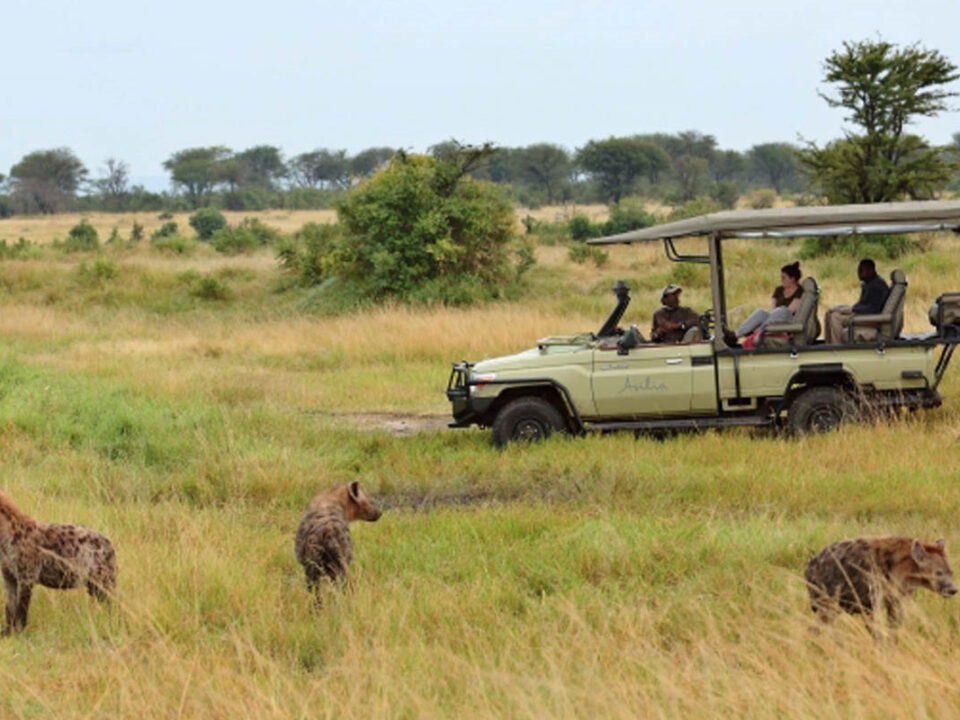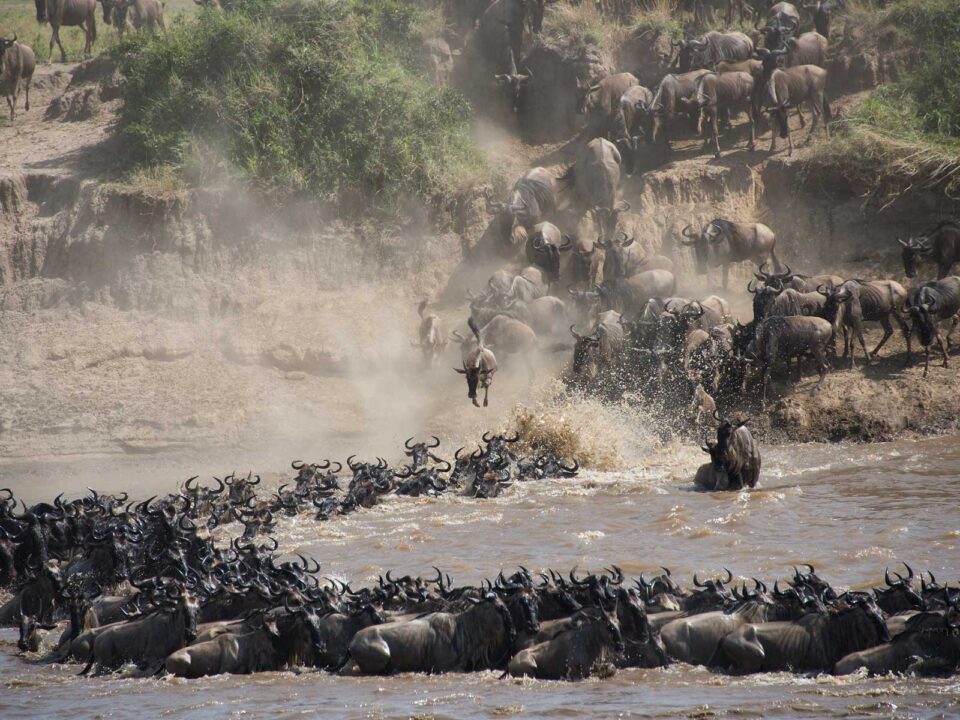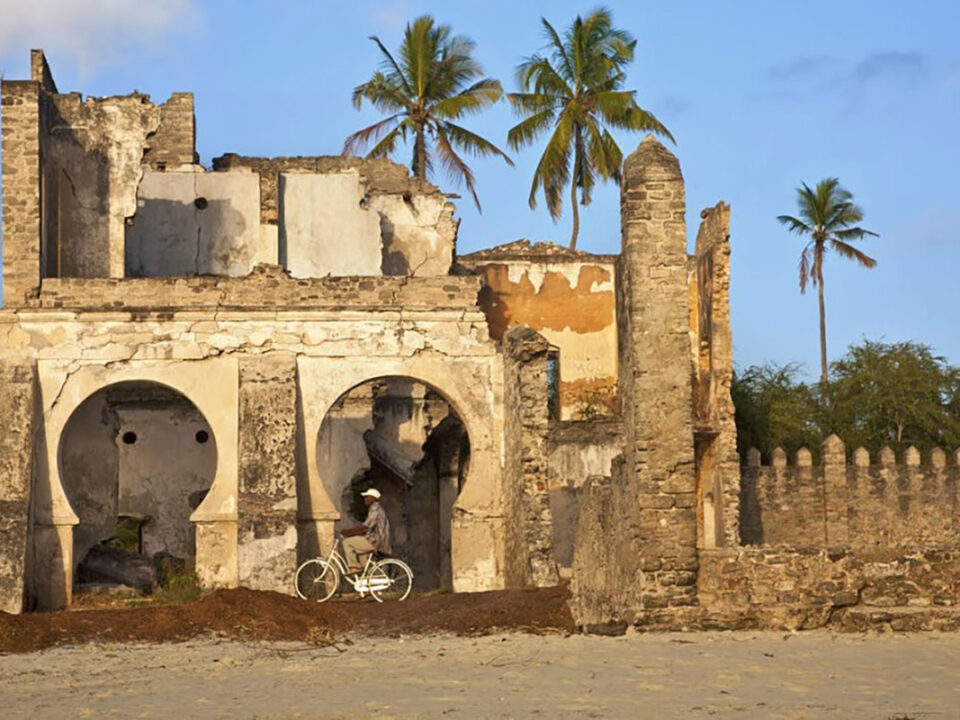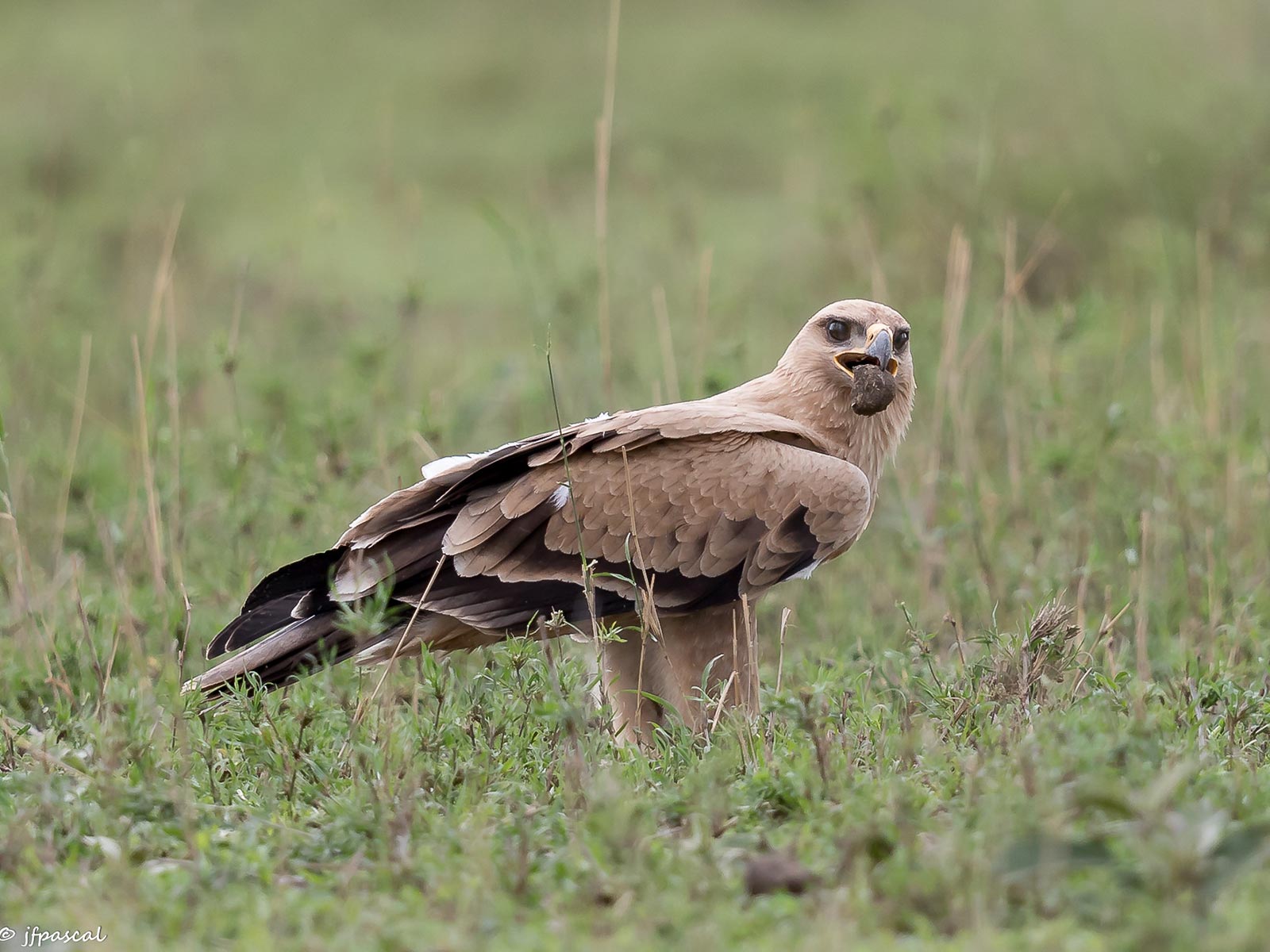
Birds of Serengeti National Park, Tanzania
December 10, 2023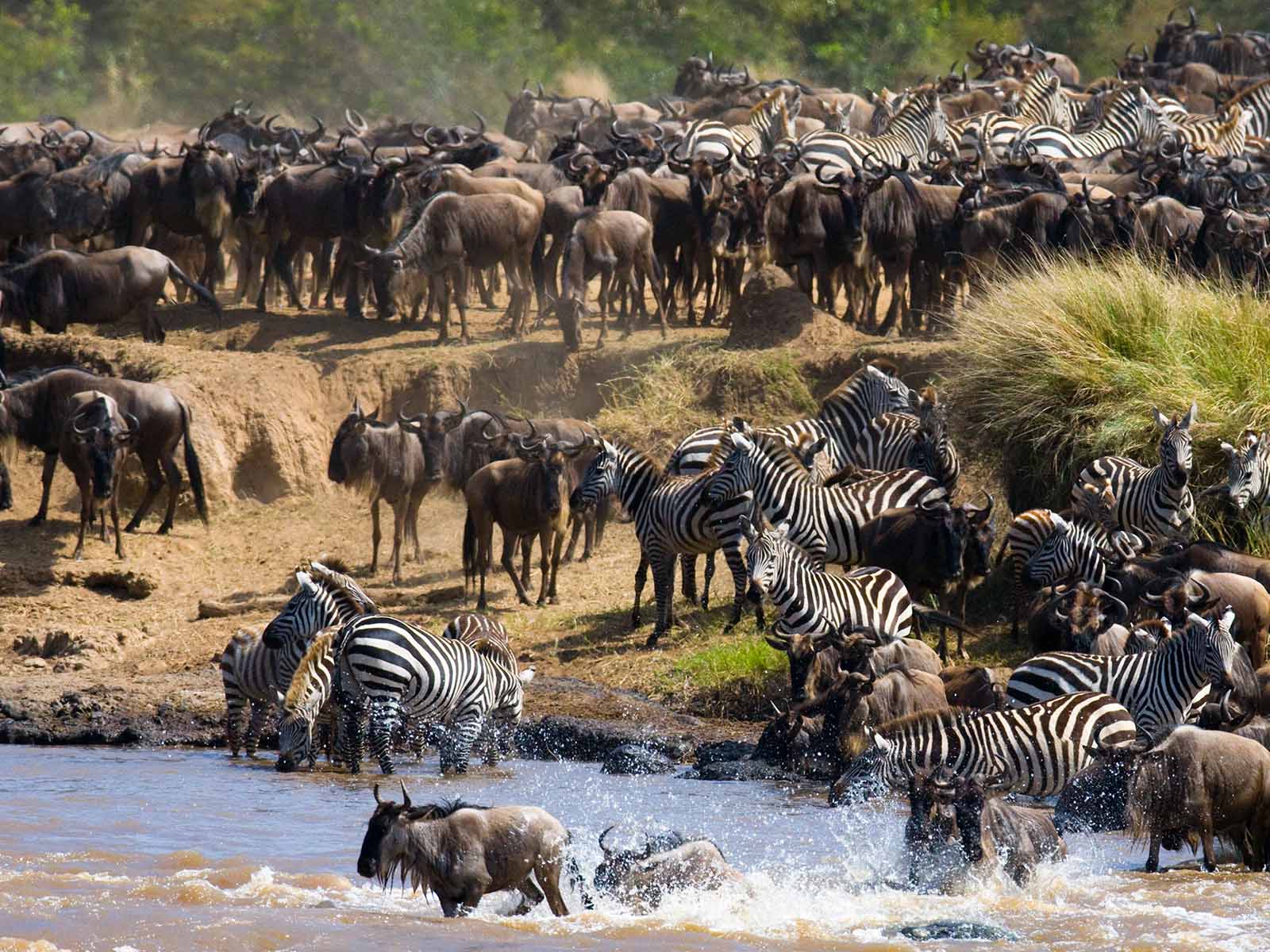
Safari in March Wildebeest Migration Pattern
December 10, 2023Serengeti National Park in Tanzania
First established in 1952, Serengeti National Park is one of Africa’s most iconic wildlife sanctuaries. Located in northern Tanzania, the park is best known for hosting the awe-inspiring Great Wildebeest Migration, where over a million wildebeest and hundreds of thousands of zebras move across the plains in search of fresh grazing. But the Serengeti offers so much more than this annual event—it’s home to an incredible diversity of wildlife, including lions, cheetahs, elephants, giraffes, and more than 500 bird species.
Whether you’re staying in a luxury safari lodge or a mobile tented camp that moves with the migration, Serengeti offers an unforgettable adventure in the heart of Tanzania’s wilderness.
Journey Through the Vast Serengeti Ecosystem
Covering an immense 14,763 square kilometers (5,700 square miles), the Serengeti is bigger than the U.S. state of Connecticut. The park is divided into three main regions, each offering a distinct safari experience:
-
Central Serengeti (Seronera Valley): This is the heart of the park, where sweeping savannahs are dotted with acacia trees and large populations of wildlife can be seen year-round. Learn more about this area here.
-
Western Corridor: Dominated by the Grumeti River, this lush section is ideal for those looking to escape the crowds and explore dense woodlands and riverine habitats.
-
Northern Serengeti (Lobo Area): Bordering Kenya’s Masai Mara, this is the least visited region and offers peaceful game viewing, especially during the migration months of July to October.
A Living Natural Heritage
The greater Serengeti ecosystem spans over 30,000 square kilometers and is one of the oldest on Earth. It has remained largely unchanged for millions of years, preserving its climate, terrain, and wildlife diversity. This globally significant area includes two UNESCO World Heritage Sites and two designated Biosphere Reserves. It has long inspired naturalists, scientists, and creatives, from Ernest Hemingway to wildlife filmmaker Hugo van Lawick.
Witness the Legendary Great Migration
There is no wildlife event on Earth quite like the Great Migration. Each year, more than a million wildebeest, accompanied by zebras and gazelles, make a circular journey between Tanzania and Kenya. The migration follows the rains:
-
October to November: Herds move south from the northern hills into the Serengeti plains.
-
April to June: After the long rains, they head west and north again, braving rivers, predators, and drought.
This dramatic movement is an instinctual survival strategy and one of the planet’s last great animal migrations.
A Birdwatcher’s Dream in the Serengeti
With over 500 recorded bird species, the Serengeti is just as rewarding for birding as it is for big game safaris. The Ndutu Area, located in the southern part of the ecosystem, is a year-round hotspot for birdwatchers. From raptors and ostriches to flamingos and bee-eaters, the variety is astounding.
Wildlife Highlights: The Big Five and Beyond
The Serengeti offers one of the richest wildlife viewing experiences in the world. While many come to see the Big Five—lion, elephant, buffalo, leopard, and rhino—you’ll also encounter countless other species, including:
-
Thompson’s gazelles
-
Hyenas
-
Baboons
-
Jackals
-
Hippos
-
Nile crocodiles
With over 90 species of mammals and endless birdlife, the Serengeti ensures that every game drive delivers something new and thrilling.
Getting to Serengeti National Park
Most travelers begin their Serengeti adventure from Arusha, a major safari hub in northern Tanzania. Here are the most common travel options:
-
Fly into Kilimanjaro International Airport (JRO), the closest international gateway.
-
Alternatively, use Julius Nyerere International Airport (DAR) in Dar es Salaam and connect to Arusha Airport (ARK) on a domestic flight.
-
From Nairobi, Kenya, you can take a shuttle or flight to Arusha, which offers a cost-effective route for many travelers.
Once in Arusha, your Tanzania safari operator can arrange transfers into the park either by road or small bush plane.
Best Places to Stay in the Serengeti
There is no shortage of incredible places to stay in Serengeti National Park. From high-end lodges to mobile camps that follow the migration, here are some top-rated accommodations to consider:
-
andBeyond Serengeti Under Canvas
-
andBeyond Grumeti Serengeti Tented Camp
-
Ehlane Plains Camp
-
Kirawira Serena Camp
-
Kusini Kopjes Kambi
Whether you’re looking for luxury, intimacy, or close proximity to wildlife action, Serengeti’s accommodations cater to every style and budget.
Plan Your Ultimate Serengeti Safari Today
If you’re dreaming of seeing the Great Migration, photographing Africa’s iconic wildlife, or simply soaking in the raw beauty of nature, a visit to Serengeti National Park should be at the top of your bucket list. For guided safaris, customized itineraries, and expert planning, get in touch with Trek Africa Expeditions—your trusted partner for unforgettable Tanzanian adventures.

